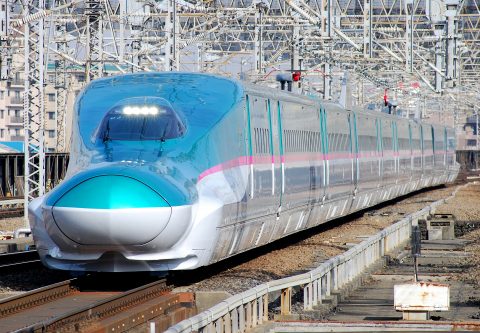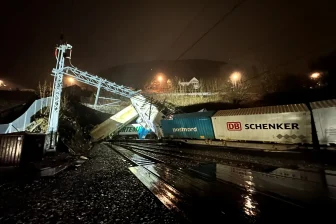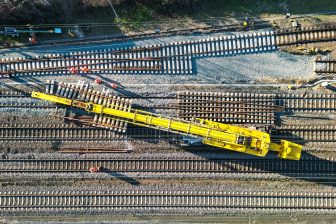
Russia designs high-speed rail for India
Russian Railways (RZD) is designing the high-speed rail for India. The future 575-kilometre line will connect Nagpur and Secunderabad. The trains will run on it at a speed of 200 kilometres per hour.
The feasibility study of the Nagpur-Secunderabad high-speed rail is on the final stage. It will be finalised by September. Russian Railways also intends to participate in the construction of this line. “We expect that in the near future the Indian side will make a decision on the conditions for the further implementation of the project and the participation of the RZD Holding in it. A possible solution in this situation could be a conclusion of the intergovernmental agreement on joint support of the project,” said Alexandr Misharin, First Deputy Managing Director of Russian Railways. According to him, such an option has been already proposed to India by the Ministry of Transport of the Russian Federation.
Slow rails in India
Currently, India has no high-speed railways. The country’s government is working over its construction and launch. In 2014 it approved the rail development plan. According to the document, there will be constructed 14 regional and one nationwide high-speed route with a maximum speed of 300-350 kilometres per hour. The latter, Diamond Quadrilateral line, will connect the major cities in different parts of India (Delhi on the north, Mumbai on the southwest, Chennai on the south and Kolkata on the east). The same project was implemented for the road network. Now, the fastest trains in India run on two corridors – between Delhi and Agra as well as Mumbai and Goa. The first route has a maximum speed of 160 kilometres per hour, the second one – 130 kilometres per hour.



